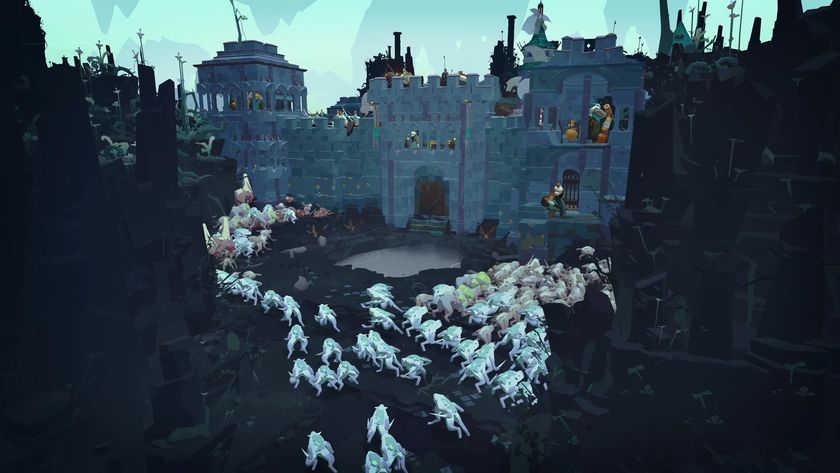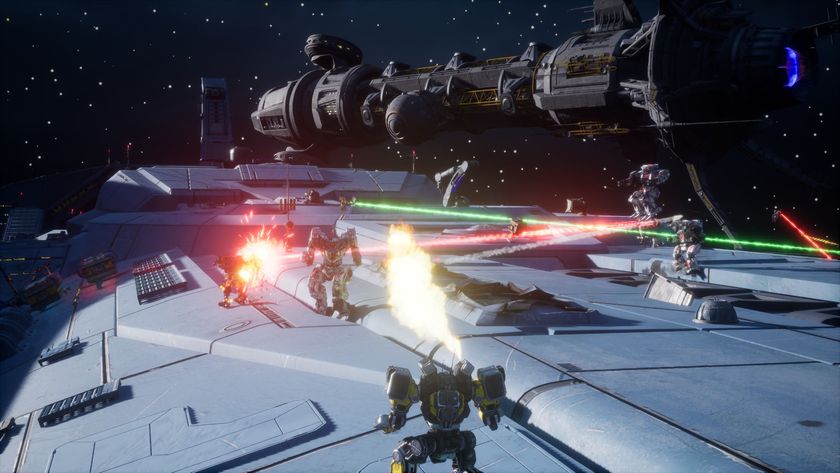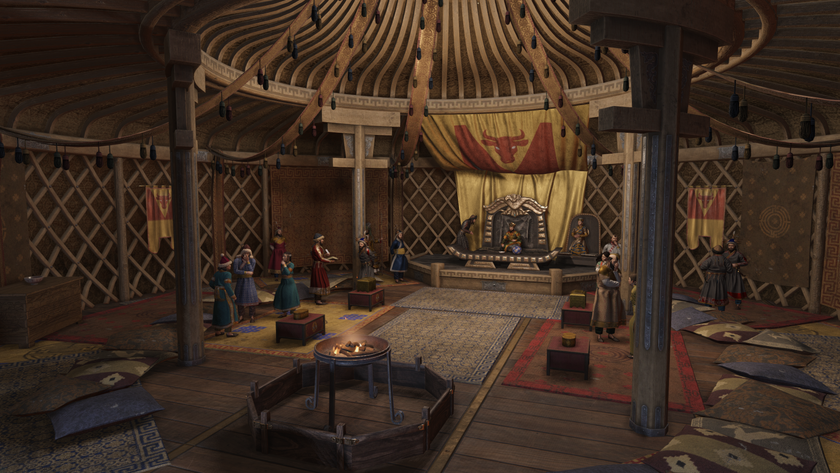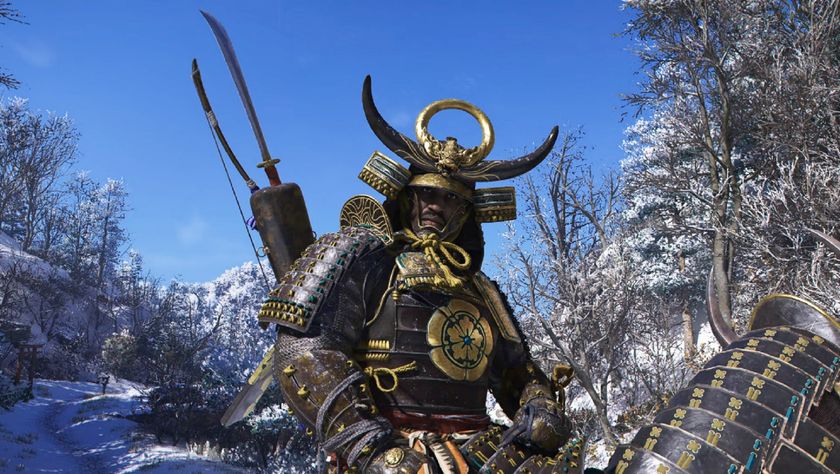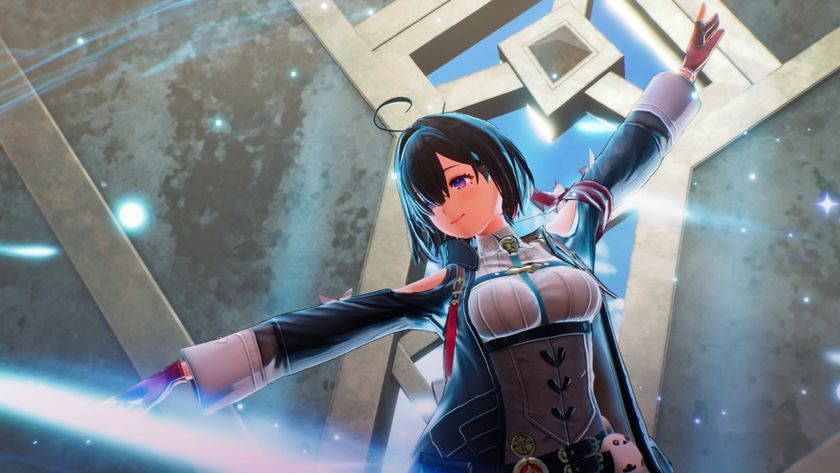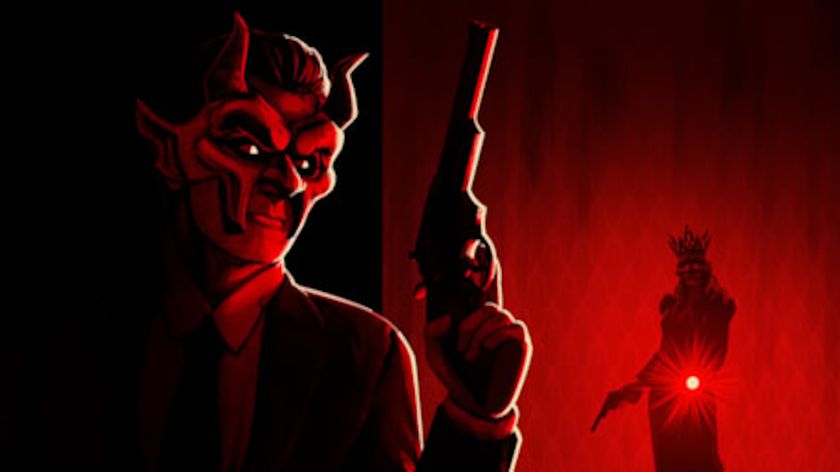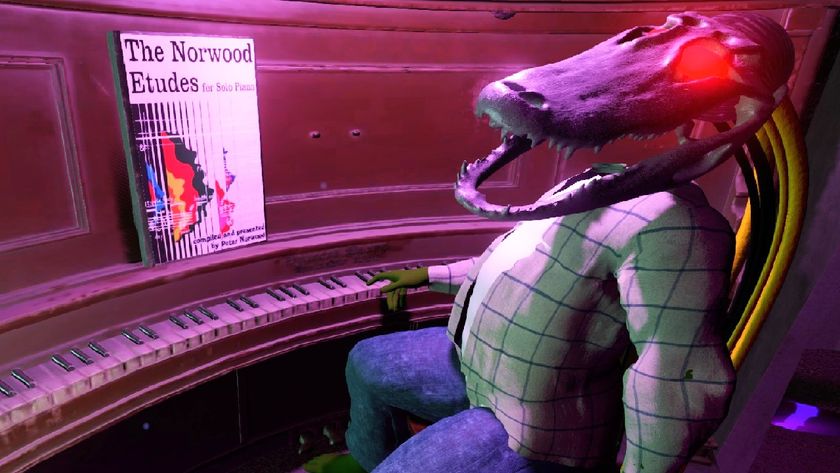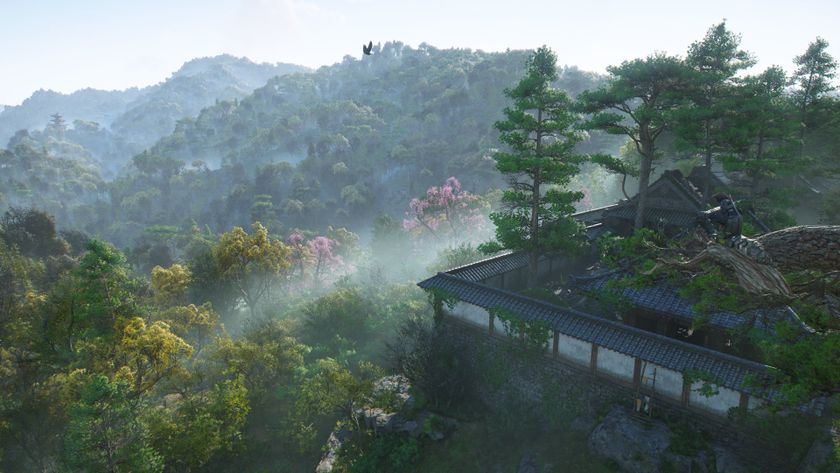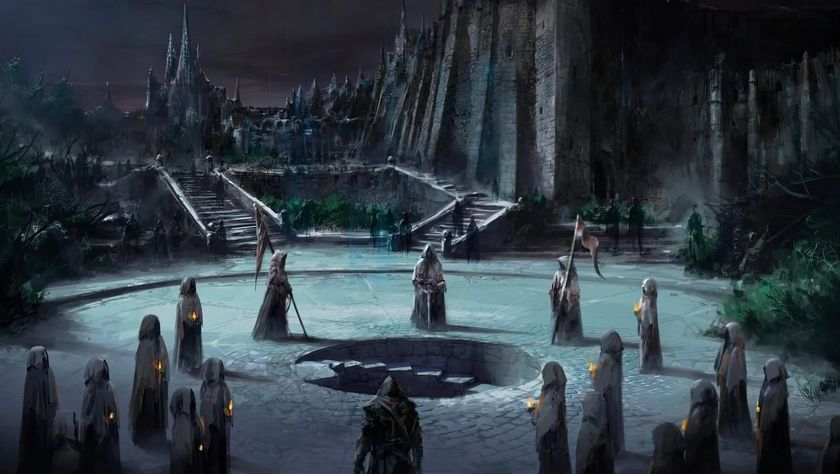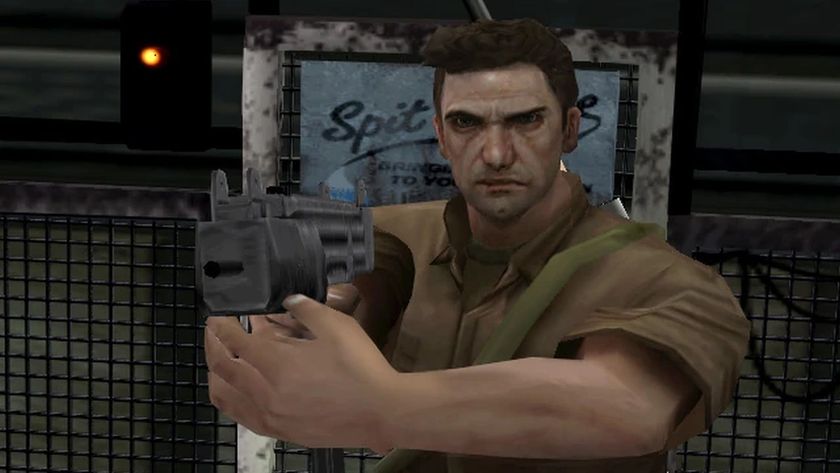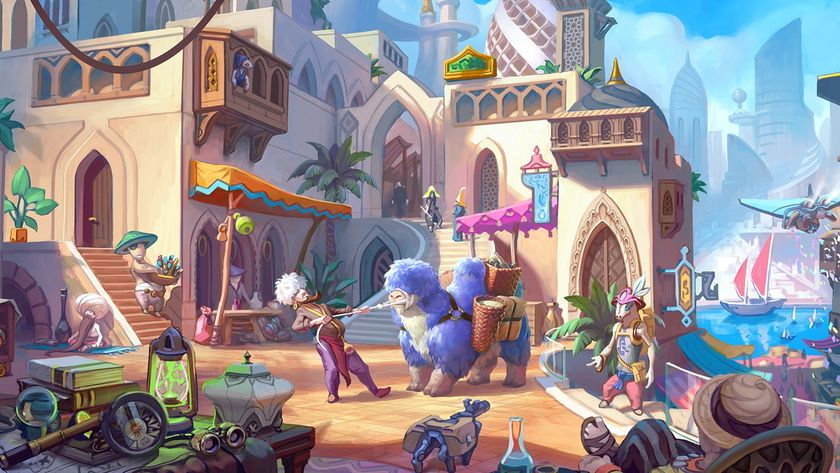9 things you should know before starting XCOM 2
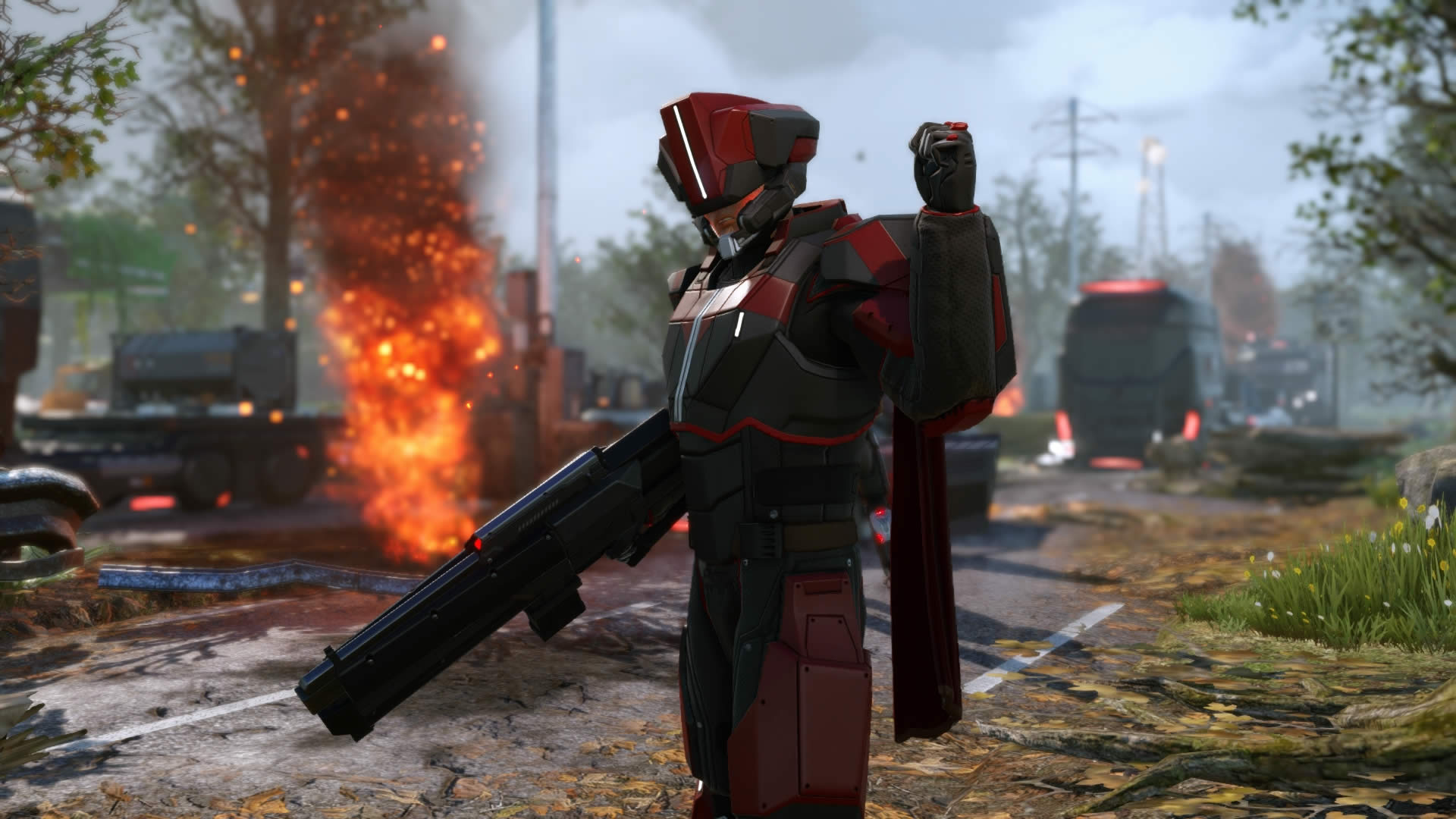
XCOM 2 shares many elements from its predecessor, but there’s plenty of differences that’ll catch even a veteran player off guard. For this guide, I’m assuming you have a basic familiarity with XCOM—knowing important basics such as ‘What is Overwatch?’ and ‘Are aliens good or bad?’ Read on for nine things you should know before kicking off your campaign.
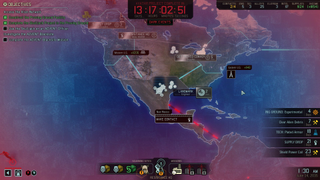
Stall the Avatar Project
Players of XCOM: Enemy Unknown (henceforth known as EU) will remember the ‘doom ticker’—the bar that represented how panicked Earth’s countries were as a whole. When the panic rose too high, it was game over.
In XCOM 2, the aliens are working on something called ‘Project Avatar,’ creating facilities and events that produce steady progress towards the end of the world. Unlike EU, when the Avatar bar fills up you don’t instantly lose. Instead, a big red timer starts counting down, and when it hits zero your campaign is over.
However, there’s a critical function of the countdown that gives you some breathing room. The countdown timer starts at around 20 days but can be stopped as soon as you reduce the Avatar progress by any amount. Assaulting an enemy facility removes all of the Avatar progress it’s developed, and completing story objectives also chips down the progress bar significantly.
What’s more, once you’ve stopped the countdown timer it eventually resets back to its starting value. That means to make the most of your time, you can ride the timer—instead of immediately assaulting an available facility to stop the clock, you can deliberately let the doom timer tick down as you prepare to assault other facilities or complete story objectives, then quickly enact those plans when you’ve only got a few days of time left. Stalling for time like this gives you precious extra weeks to expand to other regions and build up your power.
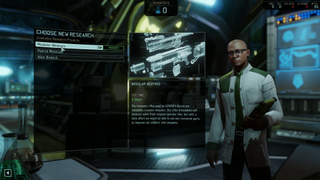
Choose your early priorities
Two of the most important choices you’ll make in XCOM 2 are what to research and build first. There’s a few key things to focus on early: Modular Weaponry research allows you to apply looted upgrades to your guns, increasing their power. Next, do Alien Biotech, which opens up the Advanced Warfare Center for construction and gives you access to the Officer Autopsy research. Completing that will let you build the Proving Grounds, another critical structure.
Resistance Communications should be next, allowing you to activate the resistance in new regions to increase your reach and your income. After that, you’ve got two roads to go down—Magnetic Weapons, or Hybrid Materials and then Plated Armor. If you can’t decide, get Magnetic Weapons first. Armor lets you get shot at more, but enemies can’t shoot you if they’re already dead.
The biggest gaming news, reviews and hardware deals
Keep up to date with the most important stories and the best deals, as picked by the PC Gamer team.
As for buildings, always start with a Guerilla Training School, allowing you to purchase upgrades and increase your squad size. Next, an early Advanced Warfare Center maximizes the chance of troops gaining a bonus perk when they’re promoted, which can be an incredible power boost. Finally, a Proving Grounds lets you build new ammo and grenade types along with many other important gear upgrades. You’ll need a power plant to support all of these facilities, and soon a Resistance Comms center to continue your worldwide expansion. All this construction will cost a pretty penny, so keep earning supplies through your missions and through the black market to keep that progress rolling.
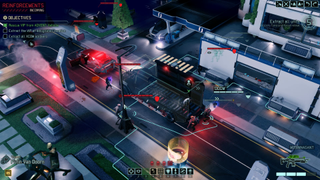
The LoS indicator will keep you safe
One of XCOM 2’s friendliest new features is the line-of-sight indicator. When moving your soldier’s movement cursor around the map, a small crosshair appearing next to an enemy’s health bar means you’ll be able to see that enemy if you move to the square you’re hovering over.
While this has obvious benefits, like ensuring you never again scream “WHY CAN’T I SEE THAT GUY,” there are some advanced ways to use the indicator that will boost your tactical ability. For starters, you can also use it to move in ways where the enemy can’t see you—for example, when trying to move without triggering an enemy’s overwatch. You’re allowed to move one tile inside an enemy’s overwatch radius before they’ll attack you with reaction fire, so trace out a path that the enemy can’t see, using obstructions like walls and pillars to move without being shot at.
Another good use of the indicator is to avoid triggering patrols who’ve yet to spot your squad. The Ranger’s Phantom perk allows your soldier to remain in stealth when the rest of your squad is revealed, and the standard sight range of an XCOM enemy is 17 tiles. In other words, your Phantom can move ahead and scout out unaware enemies, and your soldiers can use that recon to stay at least 17 tiles away, ensuring those ADVENT or aliens will remain oblivious to your presence.
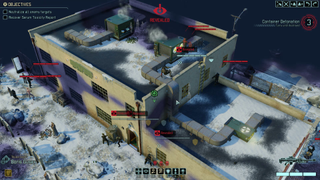
Don’t sneak into a crossfire
Concealment is a powerful new stealth ability for your squad in XCOM 2, but it can be a double edged sword. You’ll often be tempted to sneak past patrols entirely, avoiding them while accomplishing your objective. In your head, this seems like a natural thing to do when given a stealth mechanic.
Don’t do this. Or if you do, be very aware that those enemies will come back to bite you. By sneaking past patrols, you make it likely that they’ll catch up with you later, rolling up behind you at a critical moment. Imagine being stuck in a hard fight in XCOM, then imagine another patrol of angry aliens showing up directly behind you. It’s not a good thing.
There are times when sneaking past enemies can be very clever—on missions where you need to grab an objective and then extract, or you need to beat a tough time limit before worrying about difficult firefights. However, in most missions where killing all enemies is an objective anyway, it’s often faster and safer to kill every alien you meet ASAP, using stealth to set up powerful ambushes rather than attempting to Solid Snake the operation.
